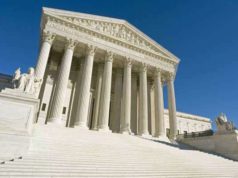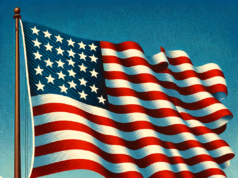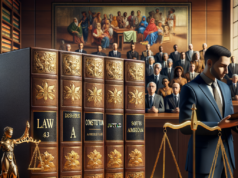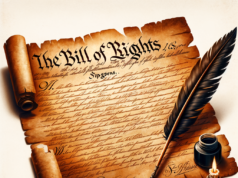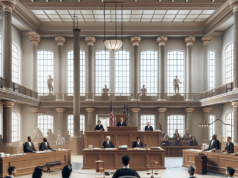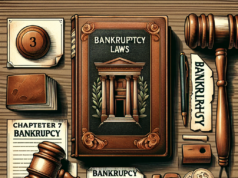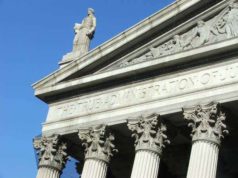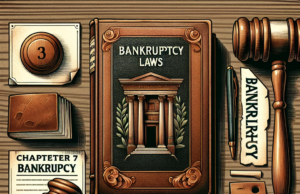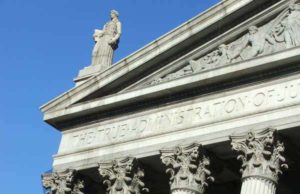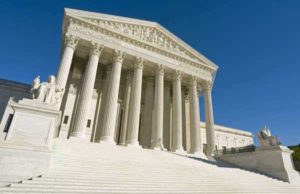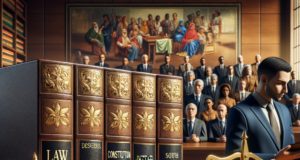The Supreme Court of the United States stands as a pivotal institution in the American legal system, tasked with interpreting the Constitution and adjudicating disputes that shape the nation’s laws and societal norms. Throughout its history, the Court has delivered numerous decisions that have sparked intense debate and controversy, reflecting the evolving values and beliefs of American society. This article aims to explore the role of the Supreme Court in shaping justice, highlight landmark cases that have defined its legacy, and analyze the implications of these decisions on contemporary issues.
Understanding the Role of the Supreme Court in Shaping American Justice
The Supreme Court plays a crucial role in the American justice system, serving as the highest court in the land and the final arbiter of legal disputes. Established under Article III of the U.S. Constitution, the Court’s primary function is to interpret the Constitution and federal laws, ensuring that justice is administered fairly and equitably. Its decisions can have far-reaching implications, influencing not only legal precedents but also societal norms and public policy. The Court’s ability to review and overturn laws passed by Congress or actions taken by the executive branch underscores its role as a check on governmental power, making it a vital component of the system of checks and balances that underpins American democracy.
Landmark Cases: A Historical Overview of Controversial Supreme Court Decisions
Throughout its history, the Supreme Court has rendered numerous landmark decisions that have sparked controversy and debate. Cases such as Dred Scott v. Sandford (1857), which denied citizenship to African Americans, and Plessy v. Ferguson (1896), which upheld racial segregation under the “separate but equal” doctrine, exemplify the Court’s contentious role in American society. Conversely, decisions like Brown v. Board of Education (1954), which declared racial segregation in public schools unconstitutional, and Obergefell v. Hodges (2015), which legalized same-sex marriage nationwide, illustrate the Court’s capacity to advance civil rights and social justice. These cases not only reflect the prevailing attitudes of their time but also serve as catalysts for change, prompting shifts in public opinion and legislative action.
The Impact of Brown v. Board of Education on Civil Rights and Education
Brown v. Board of Education is often heralded as a watershed moment in the American civil rights movement. Decided in 1954, the Supreme Court unanimously ruled that racial segregation in public schools violated the Equal Protection Clause of the Fourteenth Amendment. This landmark decision effectively overturned the precedent set by Plessy v. Ferguson and marked a significant turning point in the fight against institutionalized racism. The ruling not only galvanized the civil rights movement but also laid the groundwork for subsequent legislation aimed at dismantling segregation and promoting equality. The impact of Brown extended beyond education, influencing various sectors of society and inspiring future generations to advocate for justice and equality.
Roe v. Wade: The Ongoing Debate Over Reproductive Rights and Legal Precedent
Roe v. Wade, decided in 1973, remains one of the most contentious Supreme Court decisions in American history, fundamentally altering the landscape of reproductive rights. The Court ruled that a woman’s right to choose to have an abortion fell within the right to privacy protected by the Constitution. This decision sparked a national debate that continues to this day, with advocates on both sides passionately defending their positions. While Roe v. Wade established a legal precedent that has protected reproductive rights for decades, recent challenges and shifts in the composition of the Court have raised concerns about the future of this landmark ruling. The ongoing discourse surrounding Roe underscores the complexities of balancing individual rights with moral and ethical considerations in a diverse society.
Citizens United v. FEC: The Intersection of Campaign Finance and Free Speech
In 2010, the Supreme Court’s decision in Citizens United v. Federal Election Commission fundamentally transformed the landscape of campaign finance in the United States. The Court ruled that corporations and unions could spend unlimited amounts of money on political campaigns, equating such expenditures with free speech protected under the First Amendment. This controversial ruling has since sparked widespread debate about the influence of money in politics and its implications for democratic governance. Critics argue that the decision has led to the proliferation of dark money in elections, undermining the integrity of the political process and exacerbating inequalities in political representation. Proponents, however, contend that it enhances free speech and allows for greater participation in the political arena. The ramifications of Citizens United continue to reverberate through American politics, raising questions about the balance between free expression and the need for fair electoral practices.
The Future of Justice: Analyzing Current Trends and Potential Supreme Court Shifts
As the Supreme Court navigates the complexities of contemporary issues, current trends suggest a potential shift in its approach to justice and constitutional interpretation. With a conservative majority, the Court has recently taken on cases that challenge established precedents, particularly in areas such as reproductive rights, voting access, and environmental regulations. The increasing polarization of the Court reflects broader societal divisions, raising concerns about the impartiality of judicial decision-making. As new justices are appointed and societal values continue to evolve, the future of the Supreme Court remains uncertain. Observers and legal scholars are closely monitoring upcoming cases that could redefine fundamental rights and reshape the landscape of American justice for generations to come.
The Supreme Court’s most controversial decisions have left an indelible mark on the fabric of American society, influencing not only the legal landscape but also the broader discourse on justice, equality, and civil rights. As the Court continues to grapple with pressing issues, its role as a guardian of the Constitution and a catalyst for change remains as vital as ever. Understanding the historical context and implications of these landmark cases is essential for fostering informed discussions about the future of justice in America.



